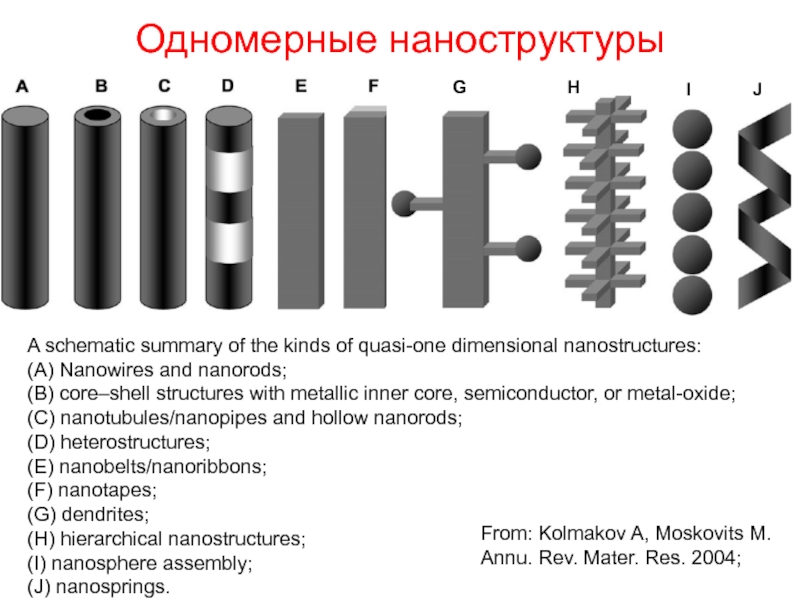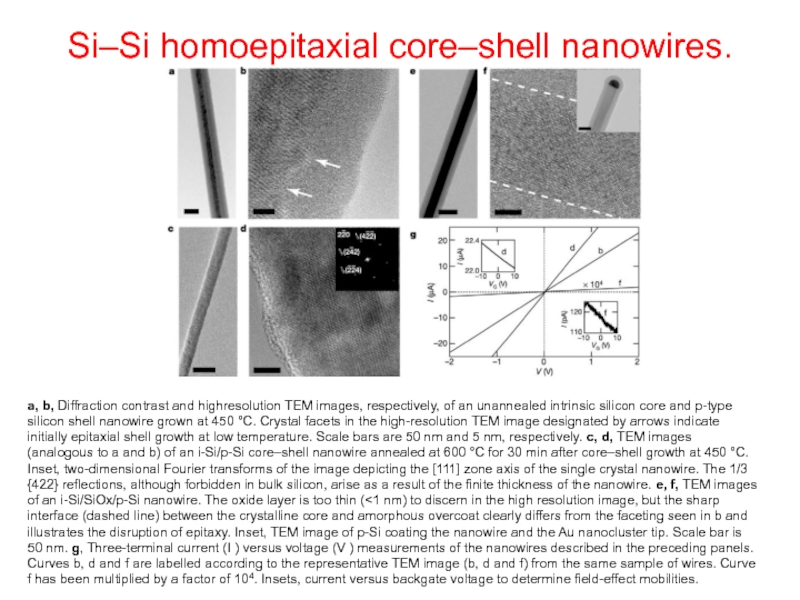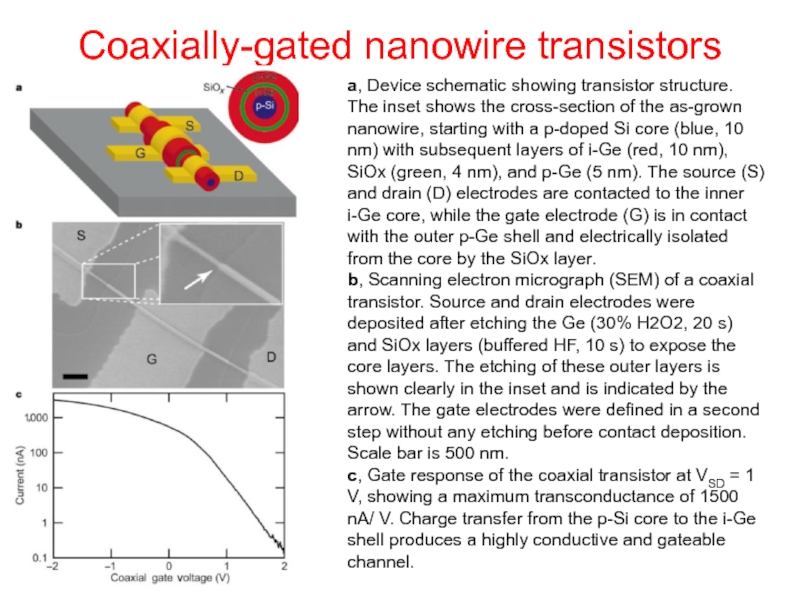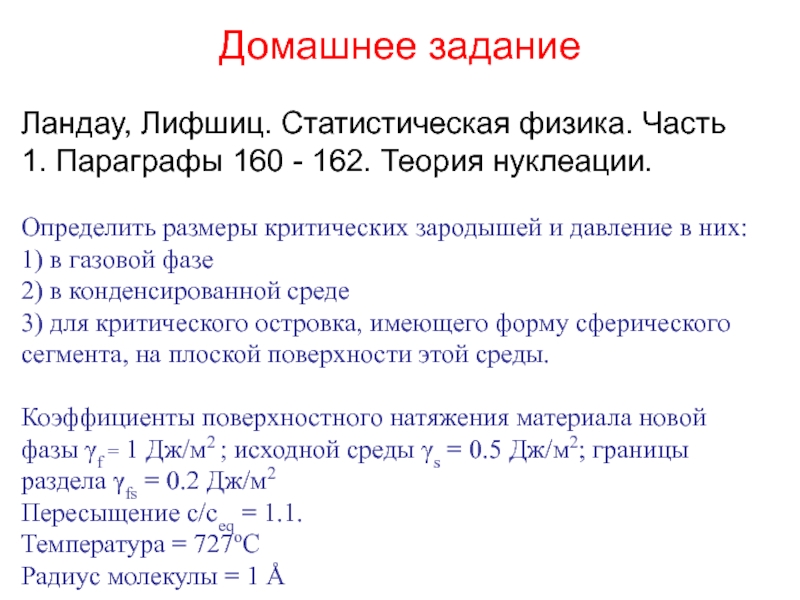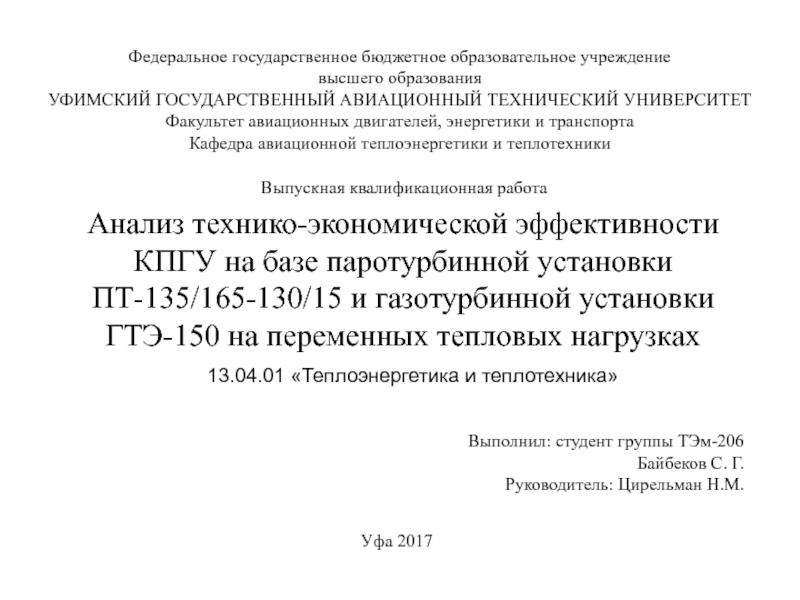- Главная
- Разное
- Дизайн
- Бизнес и предпринимательство
- Аналитика
- Образование
- Развлечения
- Красота и здоровье
- Финансы
- Государство
- Путешествия
- Спорт
- Недвижимость
- Армия
- Графика
- Культурология
- Еда и кулинария
- Лингвистика
- Английский язык
- Астрономия
- Алгебра
- Биология
- География
- Детские презентации
- Информатика
- История
- Литература
- Маркетинг
- Математика
- Медицина
- Менеджмент
- Музыка
- МХК
- Немецкий язык
- ОБЖ
- Обществознание
- Окружающий мир
- Педагогика
- Русский язык
- Технология
- Физика
- Философия
- Химия
- Шаблоны, картинки для презентаций
- Экология
- Экономика
- Юриспруденция
Классификация нано-объектов презентация
Содержание
- 1. Классификация нано-объектов
- 2. Учебный план. Часть 1 – механика нано-объектов
- 3. Учебный план. Часть 2 – нано-электро-механические системы
- 4. Литература Основная Cleland A.N. “Foundations of Nanomechanics”
- 5. Классификация нано-объектов пленка или слой нить
- 6. Пример: вертикально излучающий лазер vertical cavity surface
- 7. Пример: нано-электро-механические системы (НЭМС) Electron micrographs of
- 8. Формирование наноструктур Эпитаксия, наращивание, напыление Само-организация на поверхности или в объеме Литография и травление
- 9. Планарные технологии
- 10. Напыление – Sputtering, Physical deposition
- 11. Напыление Бомбардировка ионами, возможно в присутствии внешних
- 12. Молекулярно-пучковая (лучевая) эпитаксия – molecular-beam epitaxy (MBE) Схема типичной промышленной установки
- 13. Процессы на поверхности при МПЭ
- 14. Газофазная эпитаксия (Vapor Phase Epitaxy) в хлоридной
- 15. Процессы на поверхности при MOCVD Процессы, происходящие при MOCVD
- 16. Моды эпитаксиального роста Технология молекулярно-лучевой эпитаксии (MBE)
- 17. Движущая сила эпитаксии – пересыщение (supersaturation) газовой
- 18. Само-организация
- 19. Три стадии формирования наночастиц Нуклеация (Nucleation) -
- 20. Поверхностная энергия γ > 0 – коэффициент
- 21. Нуклеация в объеме Работа, необходимая для
- 22. Нуклеация островка на поверхности Young 1805 θ
- 23. Нуклеация при пересыщении на поверхности
- 24. Давление под искривленной поверхностью Для двух фаз,
- 25. Самоорганизация при пересыщении на поверхности Выращивание субмонослойных
- 26. Механизм роста ПЖК Пересыщенный пар кристаллическая подложка пересыщенная жидкость кристалл ус whisker nanowire nanorod
- 27. ZnO nanowires on sapphire (a) Plan view
- 28. ZnO nanostructures Typical SEM images showing morphologies
- 29. Одномерные наноструктуры G H I J
- 30. Synthesis of core–shell nanowires a, Gaseous reactants
- 31. Si–Si homoepitaxial core–shell nanowires. a, b, Diffraction
- 32. Ge–Si core–shell nanowires
- 33. Si–Ge and Si–Ge–Si core–shell nanowires. Elemental mapping
- 34. Coaxially-gated nanowire transistors a, Device schematic showing
- 35. Домашнее задание Ландау, Лифшиц. Статистическая физика. Часть
Слайд 1Наномеханика материалов и систем
Профессор Чалдышев Владимир Викторович
chald.gvg@mail.ioffe.ru
Слайд 2Учебный план. Часть 1 – механика нано-объектов в среде
Механизмы формирование наносистем
Упругие деформации и напряжения в наноструктурах.
Пластическая деформация наноструктур.
Разрушение наноструктур.
Упругие волны и внутреннее трение.
Слайд 3Учебный план. Часть 2 – нано-электро-механические системы
Материалы и технология изготовления нано-электро-механических
Элементы нано-электро-механических систем. 2.1 Пассивные элементы. 2.2 Активные элементы. 2.3 Нанодатчики.
Применения нано-электро-механических систем. 3.1 Фотоника. 3.2 Электроника. 3.3 Транспорт. 3.4 Информатика. 3.5 Биология и медицина. 3.6 Микрожидкостные системы.
Мировая экономика НЭМС.
Слайд 4Литература
Основная
Cleland A.N. “Foundations of Nanomechanics” (Springer-Verlag, Berlin, Heidelberg, New York, 2003).
Freund
Maluf N., Williams K. “An Introduction to Microelectromechanical Systems Engineering” (2nd edition. Artech House, Boston, London, 2004).
Дополнительная
Hearn E.J. “Mechanics of Materials” vol.1-2 (Butterworth-Heinemann, Oxford, Auckland, Boston, 1997).
Hearth J.P., Lothe, J. “Theory of Dislocations” (3rd edition. Willey Interscience, New York, 1982) [Хирт Дж., Лоте И. “Теория дислокаций” (М, Атомиздат 1972)].
Лурье А.И. “Теория упругости” (М., Наука, 1970).
Елисеев В.В. “Механика упругих тел” (СПбГТУ, 1999).
Работнов Ю.Н. “Сопротивление материалов” (М., Физ.-Мат. Лит., 1962).
Ziman J.M. “Priciples of the Theory of Solids” (2nd edition. Cambidge University Press, 1972). [Займан Дж. “Принципы теории твердого тела” (М., Мир, 1974)].
Случинская А.И. “Основы материаловедения и технологии полупроводников” (М., 2002).
Вайнштейн Б.К. “Современная кристаллография. Том 1. Симметрия кристаллов. Методы структурной кристаллографии.” (М., Наука, 1979).
Johnson K.L. “Contact mechanics” (Cambridge University Press, Boston, 1985).
Слайд 6Пример: вертикально излучающий лазер
vertical cavity surface emitting laser (VCSEL)
(a) Schematic of
(a)
(b)
Слайд 7Пример: нано-электро-механические системы (НЭМС)
Electron micrographs of silicon NEMS structures made by
and e-beam lithography. (a) A compound torsional oscillator tilting mirror.
(b) Silicon nanowire resonant structures. (After Craighead (2000))
Слайд 8Формирование наноструктур
Эпитаксия, наращивание, напыление
Само-организация на поверхности или в объеме
Литография и травление
Слайд 11Напыление
Бомбардировка ионами, возможно в присутствии внешних полей: СВЧ, магнетронное, и др.
Распыляемая
Типичная скорость напыления 0.1-0.3 мкм/мин.
Типичная температура < 150 °С.
Материалы: алюминий, титан, хром, платина, палладий, вольфрам, Al/Si и Ti/W сплавы, аморфный кремний, изоляторы, включая стекла и пьезокерамики (PZT и ZnO).
Реактивное распыление металлов с участием азота или кислорода приводит к образованию пленок таких соединений как TiN или TiO2.
Слайд 12Молекулярно-пучковая (лучевая) эпитаксия – molecular-beam epitaxy (MBE)
Схема типичной промышленной установки
Слайд 14Газофазная эпитаксия (Vapor Phase Epitaxy) в хлоридной системе или с использованием металло-органических
Схема промышленной установки MOCVD
Слайд 16Моды эпитаксиального роста
Технология молекулярно-лучевой эпитаксии (MBE) или газофазной эпитаксии с использованием
Моды роста:
Франка—ван дер Мерве (Frank—van der Merve, FM)
Фолмера—Вебера (Volmer—Weber, VW)
Странского—Крастанова (Stranski—Krastanow, SK)
Слайд 17Движущая сила эпитаксии – пересыщение (supersaturation) газовой фазы и адсорбционного слоя
ΔF
Слайд 19Три стадии формирования наночастиц
Нуклеация (Nucleation) - Гомогенное или гетерогенное образование зародышей
Начальный рост (Initial growth) - Рост за счет обеднения прилегающих областей матрицы.
Коалесценция (Ostwald ripening) - Рост крупных частиц за счет растворения мелких частиц.
Слайд 20Поверхностная энергия
γ > 0 – коэффициент поверхностного натяжения
S – площадь поверхности
Формирование
Слайд 21Нуклеация в объеме
Работа, необходимая для создания зародыша новой фазы
Критический зародыш
Вероятность
Слайд 22Нуклеация островка на поверхности
Young 1805
θ > 0 – распад пленки на
γs – γfs > γf – полное смачивание; послойный рост пленки (Frank - van der Merwe growth mode)
Слайд 24Давление под искривленной поверхностью
Для двух фаз, находящихся в равновесии,
γ = 1
k = 1.38 10-23 Дж/К
a = ?
Внутри частицы новой фазы
давление повышено
Слайд 25Самоорганизация при пересыщении на поверхности
Выращивание субмонослойных островков
Распад тонких пленок на
Выращивание усов (whiskers, nanowires, rods) – массивов квантовых проволок – по механизму пар-жидкость-кристалл (ПЖК)
Слайд 26Механизм роста ПЖК
Пересыщенный пар
кристаллическая
подложка
пересыщенная жидкость
кристалл
ус
whisker
nanowire
nanorod
Слайд 27ZnO nanowires on sapphire
(a) Plan view and (b) glancing view of
Слайд 28ZnO nanostructures
Typical SEM images showing morphologies of ZnO structures:
dense filmlike
The corresponding high magnification images are displayed in (b), (d), (f), (h), and (j), respectively. After C. Ye., X. Fang, Y. Hao, X. Teng, L. Zhang, J. Phys. Chem. B 2005;
Слайд 29Одномерные наноструктуры
G
H
I
J
A schematic summary of the kinds of quasi-one dimensional nanostructures:
(F) nanotapes; (G) dendrites; (H) hierarchical nanostructures; (I) nanosphere assembly; (J) nanosprings.
From: Kolmakov A, Moskovits M. Annu. Rev. Mater. Res. 2004;
Слайд 30Synthesis of core–shell nanowires
a, Gaseous reactants (red) catalytically decompose on the
Слайд 31Si–Si homoepitaxial core–shell nanowires.
a, b, Diffraction contrast and highresolution TEM images,
Слайд 33Si–Ge and Si–Ge–Si core–shell nanowires.
Elemental mapping cross-section indicating a 21-nm-diameter Si
Cross-sectional elemental mapping of a double-shell structure with an intrinsic silicon core (diameter, 20 nm), intrinsic germanium inner shell (thickness, 30 nm), and p-type silicon outer shell (4 nm); silicon is blue circles and germanium is red circles.
Слайд 34Coaxially-gated nanowire transistors
a, Device schematic showing transistor structure. The inset shows
b, Scanning electron micrograph (SEM) of a coaxial transistor. Source and drain electrodes were deposited after etching the Ge (30% H2O2, 20 s) and SiOx layers (buffered HF, 10 s) to expose the core layers. The etching of these outer layers is shown clearly in the inset and is indicated by the arrow. The gate electrodes were defined in a second step without any etching before contact deposition. Scale bar is 500 nm.
c, Gate response of the coaxial transistor at VSD = 1 V, showing a maximum transconductance of 1500 nA/ V. Charge transfer from the p-Si core to the i-Ge shell produces a highly conductive and gateable channel.
Слайд 35Домашнее задание
Ландау, Лифшиц. Статистическая физика. Часть 1. Параграфы 160 - 162.
Определить размеры критических зародышей и давление в них: 1) в газовой фазе
2) в конденсированной среде
3) для критического островка, имеющего форму сферического сегмента, на плоской поверхности этой среды.
Коэффициенты поверхностного натяжения материала новой фазы γf = 1 Дж/м2 ; исходной среды γs = 0.5 Дж/м2; границы раздела γfs = 0.2 Дж/м2
Пересыщение с/сeq = 1.1.
Температура = 727оС
Радиус молекулы = 1 Å




























